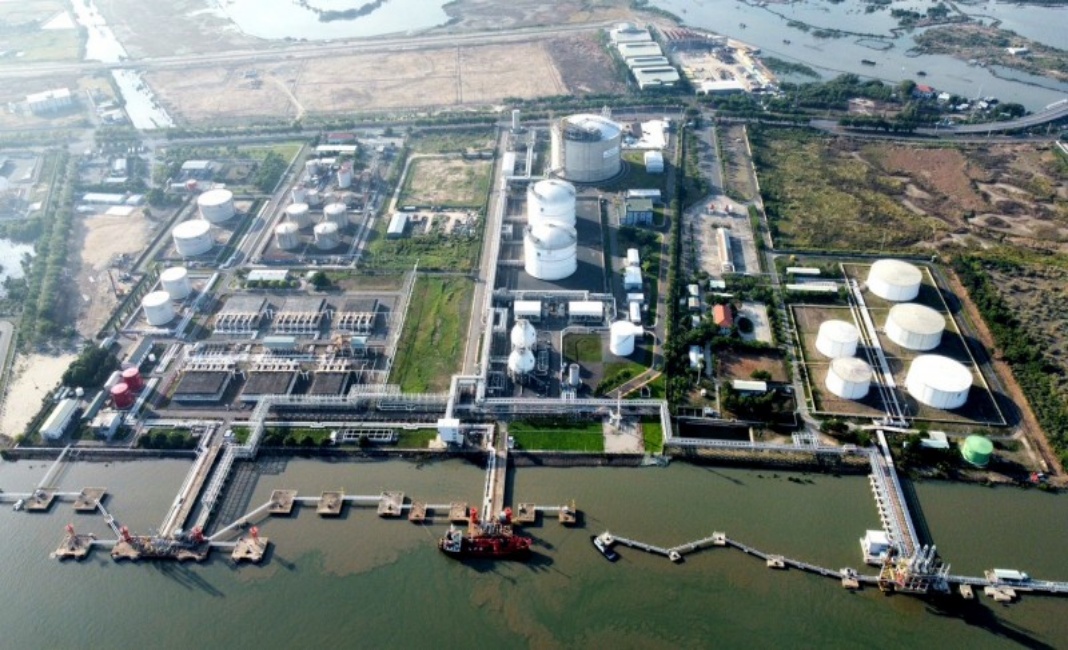HCMC – Vietnam will spend an estimated VND270 trillion (US$11.4 billion) by 2030 to enhance its petroleum and gas reserves and strengthen its supply infrastructure.
On July 18, Deputy Prime Minister Tran Hong Ha approved a national plan for petroleum and gas reserves infrastructure for the period of 2021-2030, with a vision for 2050.
The plan will primarily focus on expanding storage capacities, ensuring strategic reserves, and meeting the energy and industrial sectors’ domestic market demands.
The majority of this substantial funding will be sourced from external channels, including corporate investments and other lawful channels, rather than relying solely on the national budget. The Government’s primary focus will be on directing state resources towards the development of a robust national reserve infrastructure system.
To achieve its objectives, Vietnam aims to develop a comprehensive reserve infrastructure system for petroleum and gas. The plan envisions attaining a crude oil and petroleum product reserve capacity equivalent to 75-80 days of net imports, with a target of 90 days.
The gas reserve infrastructure will be expanded to meet the domestic market’s needs and serve as a vital energy resource for the country’s various sectors.
Vietnam’s strategic plan also focuses on strengthening its petroleum infrastructure capabilities. Specific targets include ensuring a minimum reserve of 20-25 days for crude oil and petroleum processing products, while commercial petroleum reserves are set to meet the demand for 30-35 days.
The plan also calls for a national petroleum reserve of 15-30 days for net imports. In addition, the liquefied petroleum gas (LPG) reserve infrastructure is projected to have a capacity of 800,000-900,000 tons.
To realize these goals, Vietnam plans to construct new storage facilities, including 500,000 cubic meters of storage for national reserves of petroleum and gas by 2030.
Furthermore, one or two storage sites near oil refineries such as Dung Quat, Nghi Son, and Long Son will be established with a combined capacity of 1-2 million tons of crude oil.
The commercial reserve infrastructure will be expanded by utilizing the existing 89 warehouses and increasing their capacities to 1.4 million cubic meters. Moreover, an additional 59 petroleum warehouses will be constructed across different regions, with a total capacity of around 5.1 million cubic meters.
Beyond 2030, Vietnam will continue to invest in reserve infrastructure at production and processing plants to increase storage capacities to three million tons of crude oil.
An upgrade of 581 kilometers of petroleum pipelines will be scheduled for this period, followed by the construction of new fuel pipelines from supply depots in HCMC and neighboring provinces of Dong Nai and Ba Ria-Vung Tau to Long Thanh International Airport.
The gas infrastructure will see the continued operation of the existing 16 LPG warehouses until 2030, while new LNG reserve infrastructure will be established in industrial zones such as Cai Mep in Ba Ria-Vung Tau and Nam Dinh Vu in Haiphong City with an estimated total capacity of 5.1 million tons per year.
The plan also entails expanding the LPG and liquidfied natural gas storage and capacity across all regions of the country during this period.











